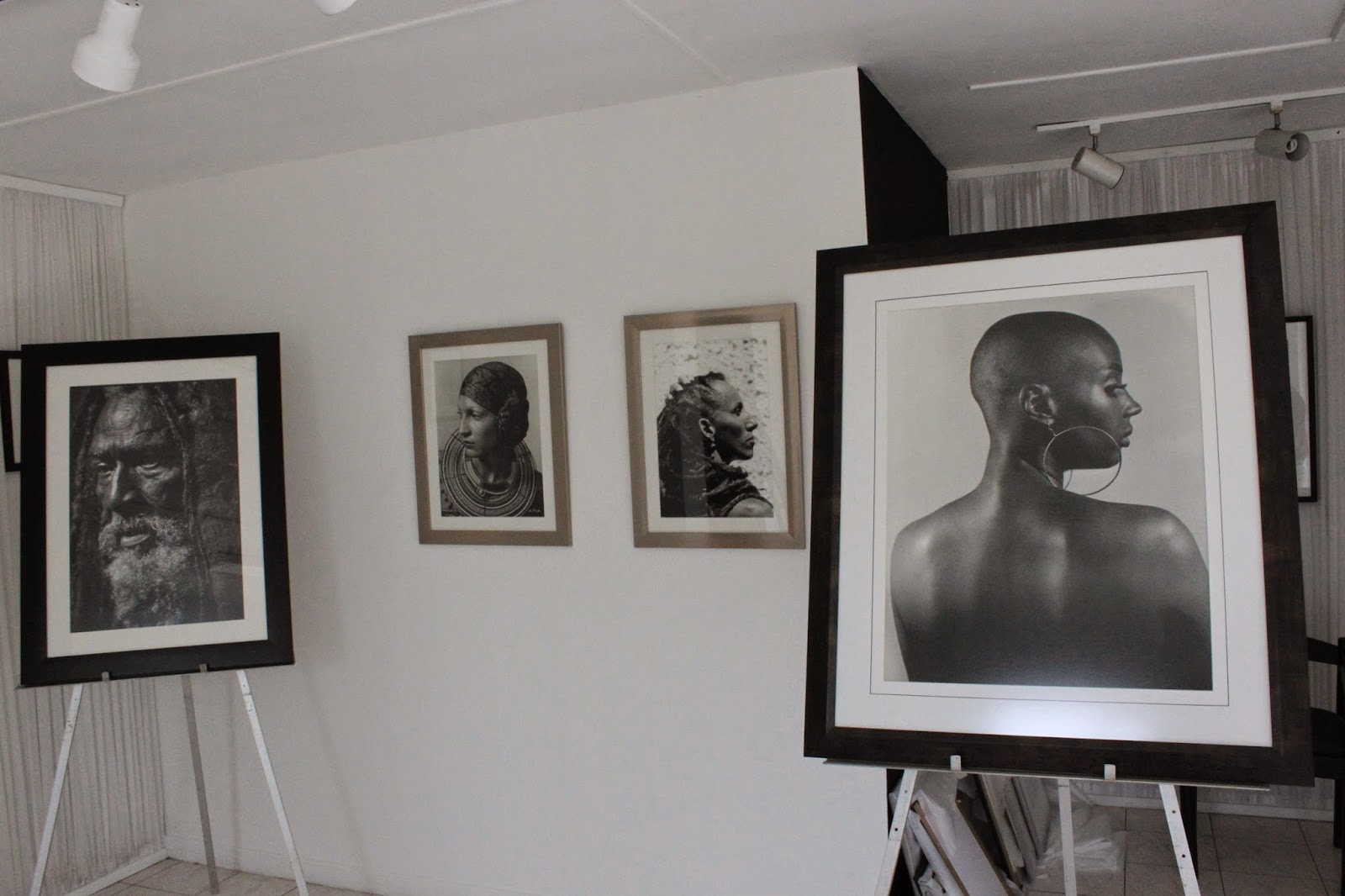Rediscovering the sunken Wickedest City
 |
| Photo: Barba. SAS-INAH -- Excavating an 18th Century wreck in the Caribbean |
Fables have been told and written accounts given about this enigmatic city, whose tales spread far and wide. Frequented by pirates – from the one-eyed to the wooden-leg ones (yes, we are taking some inspiration from Pirates of the Caribbean), sailors, wanderers, navy officers – Port Royal etched a name for itself.
The notorious Wickedest City, drowning in rum, loot, and debauchery, was engulfed by the sea – a powerful earthquake at around 11.40 a.m. on June 7, 1692. It is said that Three violent shocks, followed by a giant tidal wave, ripped the ground and within minutes, two-thirds of Port Royal sank under the rising waves.
Fast-forward to 2022, Mexican archaeologist Roberto Junco, along with colleagues from Japan, Canada, and the Netherlands, among others, are on a mission.
“We are helping the Jamaican Government through the Jamaican National Heritage Trust (JNHT) to prepare the dossier for the nomination of Port Royal as a World Heritage Site,” Junco said. “Our mission is to help to develop a Heritage Impact Assessment.”
For Junco, who has worked in underwater archaeology in Nevado de Toluca; Manila Galleon, Baja, California; Maritime Archaeology of the Port of Acapulco and Underwater Archaeology in Villa Rica, this project is as intriguing as the enigma attached to Port Royal is. It is a voyage encased in a time warp.
“For me to dive in Port Royal was a dream come true,” Junco said. “This is one of those iconic sites in the world. Diving in its waters, I was transported and began imagining the city before the event of 1692, thinking of all that happened in such a busy port.”
SPECIAL PLACE
For him and his team, this project holds a special place. “This work is certainly different from other sites I have worked in. It is a sunken city, and as such, there are only a handful of experts in the world. It is a very special place from an archaeological perspective,” he said.
Photo: Martinez SAS-INAH -- Exploring the wreck of an old steamer in the Pacific Ocean
“I was certainly very proud that we were able to make a detailed plan of Fort James and also to discover a section of a defensive wall that was not known to exist,” he said.
Underwater heritage is an interesting part of our past, and over the years, more stories have been added for better understanding. “We can retell our story, or change our story, too,” Junco said.
He explained the concept behind underwater archaeology, which applies various techniques to study culture. Among the most recent techniques is photogrammetry, he said, which enables the creation of 3D models of the sites and objects to study, monitors and share with the public.
“We managed to make a partial photogrammetry 3D model of Port Royal with an archaeologist from the JNHT last year,” he said. “The JNHT has a good portion of the sunken city in a 3D model.”
Junco said that a lot can be learnt and discovered as underwater remains are often well preserved, which is an asset in chronicling the city’s past.
ENJOY THE HISTORY
“Jamaicans can learn and enjoy the history of the island and the Caribbean through the lens of what was Port Royal,” Junco said. “Second, I think many tourists will be eager to visit Port Royal, and this helps Jamaica in many ways.”
 |
| Photo: Martinez SAS-INAH -- Entering the wreck of SS Indiana |
Exploring the underwater city for Junco is akin to a kid in a candy store … in his case it would be remains of brick and mortar and fables they tell. The sunken city of Port Royal has many tales embedded in it. The research, he said, is ongoing, and there is a lot to explore.
Soon, visitors will be able to be a part of this chapter of Jamaica’s history. According to Junco, there are many ways in which people can enjoy underwater cultural heritage. From viewing the objects excavated from sites underwater to digital 3D models, the blended experience will marry historical perspectives with technology.
“I think the potential is immense,” Junco said. “I think the JNHT is doing a great job at promoting the site while protecting it and building the capacity to manage and continue research.
“Jamaica’s history is very interesting, and digging into the past will pay handsomely for this and future generations to come,” he said. “I am happy that I have been able to contribute a grain of sand [two cents] to this study, and it has been a very rewarding experience.
Somewhere, fathoms deep in the Caribbean Sea, the mythical Jack Sparrow may be heard saying, “If you were waiting for the opportune moment, that was it.” We concur.




Comments
Post a Comment